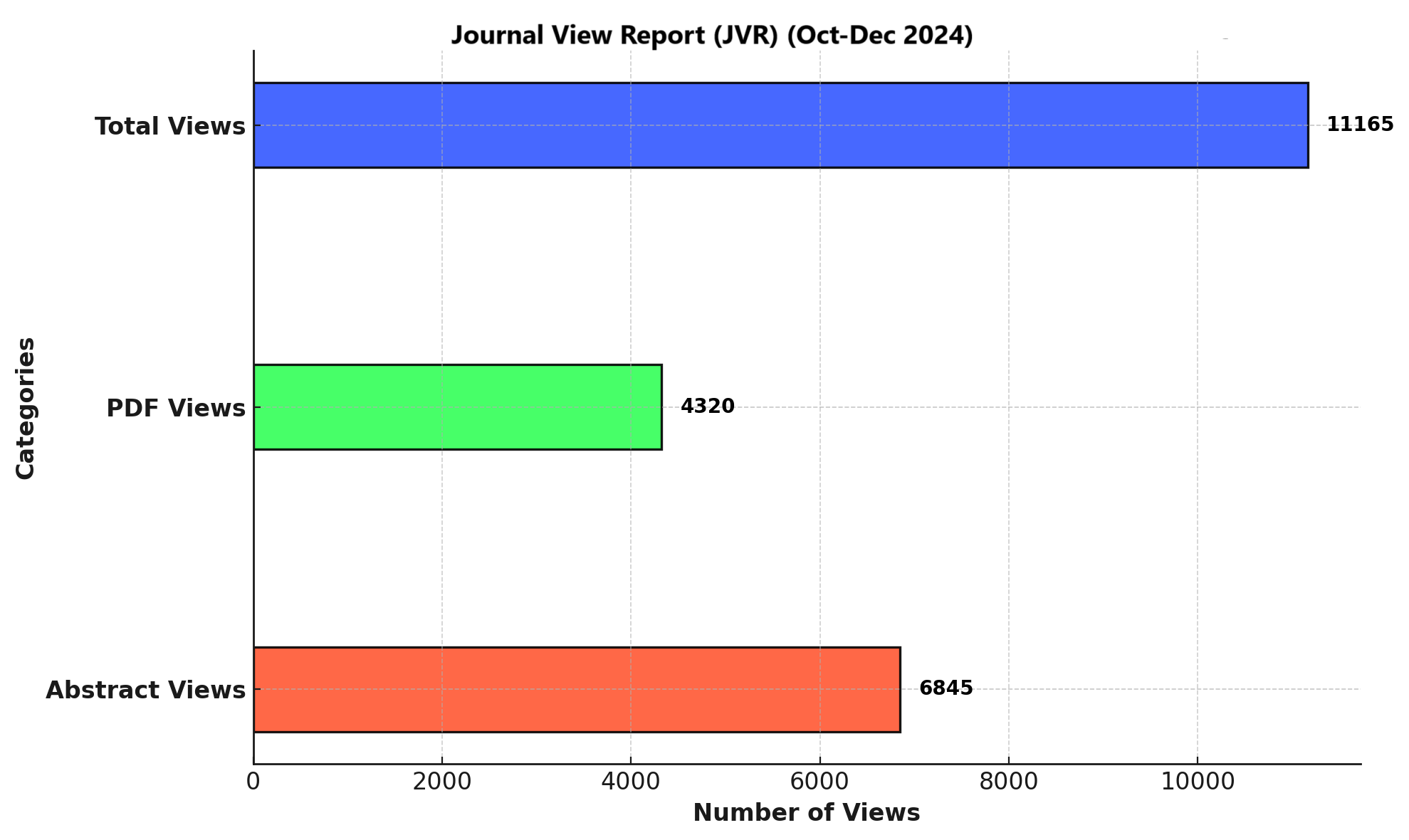ITRACONAZOLE SELF-NANOEMULSIFYING DRUG DELIVERY SYSTEM: A COMPREHENSIVE STUDY ON BCS CLASS II DRUG TRANSFORMATION FOR OPTIMAL ORAL DELIVERY
DOI:
https://doi.org/10.71000/cv3d6d35Keywords:
Bioavailability, Dissolution, Itraconazole, Nanoemulsion, Self-nanoemulsifying drug delivery system, Solubility, StabilityAbstract
Background: Itraconazole, a BCS Class II antifungal agent, exhibits poor water solubility and variable oral bioavailability, limiting its therapeutic efficacy. Self-nanoemulsifying drug delivery systems (SNEDDS) have emerged as an effective strategy for improving drug dissolution and absorption. By enhancing solubility and ensuring rapid drug release, SNEDDS formulations offer a promising alternative to conventional dosage forms. This study focuses on the development and evaluation of an optimized SNEDDS formulation for itraconazole to improve its oral bioavailability and therapeutic potential.
Objective: This study aimed to formulate and characterize an optimized SNEDDS for itraconazole, ensuring improved solubility, stability, and dissolution performance compared to conventional formulations.
Methods: Pseudo-ternary phase diagrams were employed to optimize the formulation, selecting oleic acid as the oil phase, Tween 80 as the surfactant, and PEG 200 as the co-surfactant. Twenty-seven formulations were initially prepared, out of which six were shortlisted based on isotropic properties. Formulations underwent rigorous characterization, including visual inspection, thermodynamic stability studies, freeze-thaw cycling, centrifugation tests, self-emulsification time analysis, cloud point determination, robustness to dilution, and Fourier Transform Infrared (FTIR) spectroscopy. In vitro drug release was evaluated using a USP Type II dissolution apparatus.
Results: Among the formulations, IT3 exhibited the highest stability and optimal self-emulsification, achieving complete dissolution in 180 minutes. Other formulations demonstrated drug release in 240 to 360 minutes, while the commercial Sporanox capsule released only 67% of the drug after 600 minutes. Thermodynamic studies confirmed that IT3 was the most stable, receiving an "excellent" rating, while IT4 and IT6 were classified as "good." Cloud point analysis showed stability up to 80°C, and robustness to dilution studies confirmed no phase separation even after 1000-fold dilution. FTIR spectroscopy confirmed compatibility between itraconazole and formulation excipients.
Conclusion: The optimized SNEDDS formulation significantly improved the solubility and dissolution rate of itraconazole, outperforming conventional dosage forms. The study highlights the potential of SNEDDS as an effective oral drug delivery strategy for poorly soluble drugs, providing a robust formulation approach for enhanced therapeutic efficacy.
Downloads
Published
Issue
Section
License
Copyright (c) 2025 Abdur Raouf, Fahad Pervaiz, Hafiz Muhammad Usman Abid, Khadija Karim, Sadia Rehman, Memoona Qayyum, Mudassara Liaqat, Rida Akhtar, Tahreem Arshad, Abdul Hassan Khan (Author)

This work is licensed under a Creative Commons Attribution-NonCommercial-NoDerivatives 4.0 International License.







